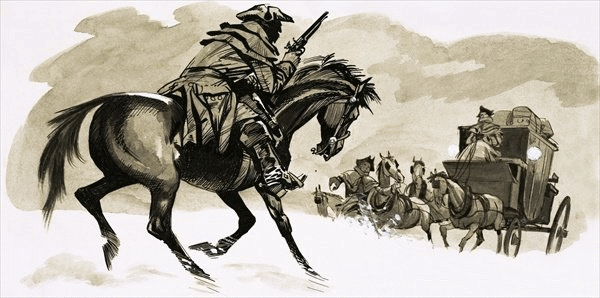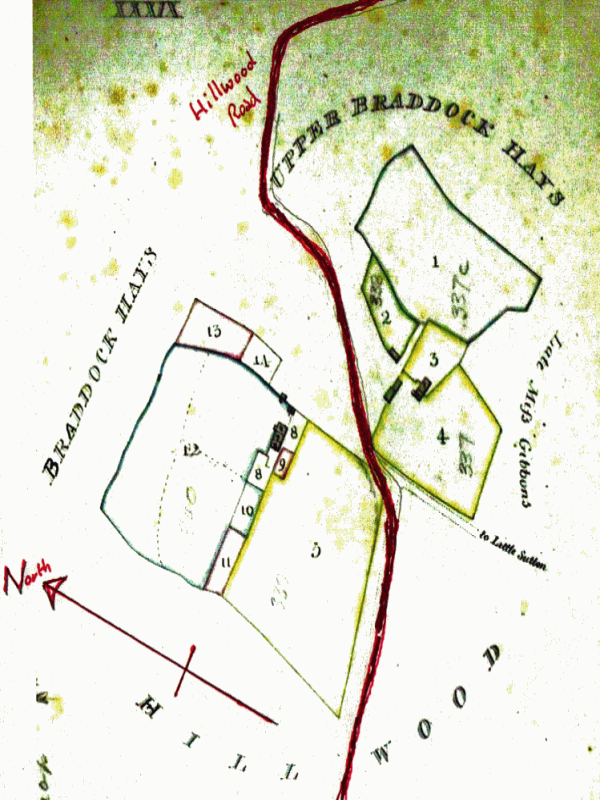In the late eighteenth century seven packs of hounds were kept within five miles of Sutton, and the favourite occupation of the local gentry was hunting. The Warden and Society of Sutton decided each year which master of foxhounds should have the privilege of hunting in the 2,400 acres of Sutton Park, but there were no restrictions on who could hunt on the extensive commons. There were over 4,000 acres of commons or “waste” in Sutton, mostly on the Coldfield; the Coldfield Heath also extended over large parts of Erdington, Perry Barr, Great Barr, Aldridge, and Shenstone, over 10,000 acres of open heathland altogether.
Some local landowners put forward a scheme in 1778 for enclosing all the common land in Sutton, including Sutton Park, converting it into a landscape of privately owned small fenced fields, diminishing the sporting opportunities of the fox-hunting fraternity. These same gentlemen were not entirely opposed to enclosure, as it would curtail the activities of poachers helping themselves to game birds and animals which thrived on the commons - “and in the remoter parts of the parish” wrote Riland Bedford “a lawless spirit existed, of which the travellers over the wastes, as well as the game upon them, had at times pitiful experience…enclosure would abolish this dangerous class of the population.”
Muffins Den in Slade Road is reputed to have been the haunt of highwaymen in the eighteenth century, preying on travellers on London Road near Bassetts Pole, while over the boundary on the way to Lichfield is a public house known until recently as The Highwayman. Perhaps a highwayman once used both houses, hiding out in Sutton after a hold-up over the boundary in Staffordshire, or at The Highwayman after a hit on the Warwickshire side. From Slade Road he could sneak off up Grange Lane, which continued at that time across the fields to the open common at Hill Wood, and then across the heath to the inn at Shenstone Wood End.
The 1778 enclosure scheme did not go forward, but the commons in all the neighbouring parishes were enclosed by 1805, confining the activities of the “lawless spirited” to unenclosed Sutton. A plan of Hill Wood made in 1811 clearly shows a road leading to Little Sutton - no doubt the nefarious commoners used it to make their get-away. When the Enclosure Commissioner for Sutton was setting out roads across the commons in 1826, this old road was ignored, and it was blocked off by allotment plot 187, allotted to Jane Heath who was to provide the fence next to Hillwood Road. Everywhere else such an existing lane would have been preserves, but no public road or footpath crossed plot 187, instead was “subject to a private carriage and drift road to lands called The Moors”.
This route may have been abandoned for a time, but many people wanted to use it, and eventually the whole length of the route from Hill Wood to Grange Lane was declared to be a public footpath, the Hillwood Road end now being the start of the Sutton Coldfield Byway.

